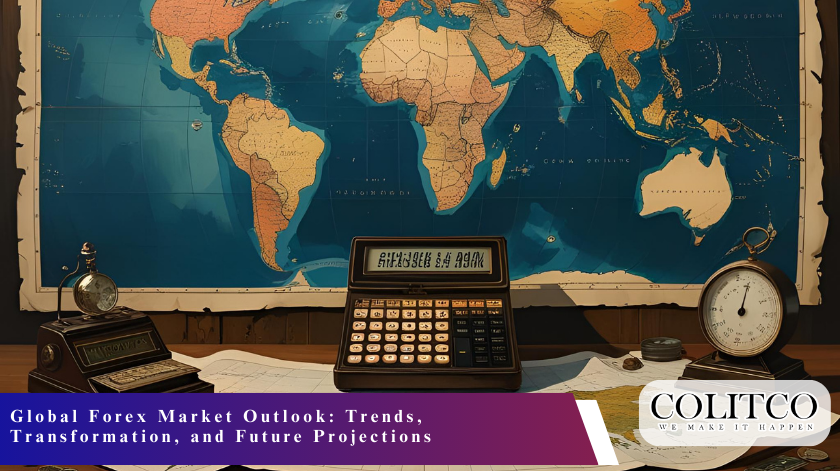Outlook The $2.73 quadrillion global foreign exchange market is in a continually fluctuating state of dynamic flux in the background of moving monetary policy, global geopolitical uncertainty, and technology evolution. With $7.5 trillion average daily volume, forex is the largest financial market globally, open 24 hours a day, seven days a week, on state-of-the-art trading platforms. New drivers like Federal Reserve policy hopes and dollar softness are moving currencies and investor sentiment.
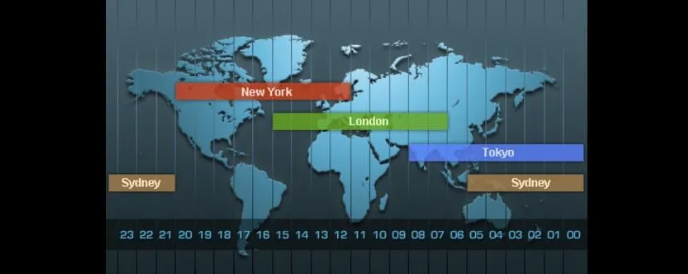
The global forex market sees $7.5 trillion traded daily across key financial hubs
Illustrate Current Market Trends and Federal Reserve Impact
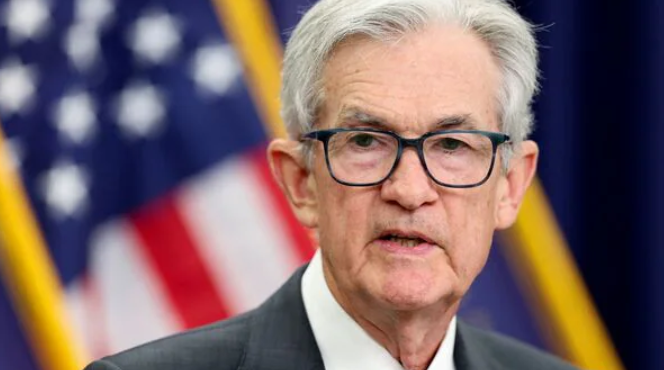
Federal Reserve policy shifts continue to drive U.S. dollar performance
Federal Reserve Chairman Jerome Powell’s recent Jackson Hole speech increased the likelihood of a September rate cut, a probability already anticipated by markets at 84%. Powell mentioned heightened risks to the U.S. labor market, though again referencing persistent inflation issues. The dovish language has sent the U.S. dollar down, with the dollar index falling over 9% year-to-date, its worst half-yearly beginning since 1980.
Market giants Barclays and Deutsche Bank forecast a September cut of 25 basis points. The Fed could change its mind, however, after follow-up U.S. inflation and employment data. “Core PCE reports and non-farm payroll readings could see the central bank reverse easing if readings indicate inflation is rising and the jobs market is weakening,” StoneX’s Matt Weller explained.
Dollar Weakness and Structural Challenges
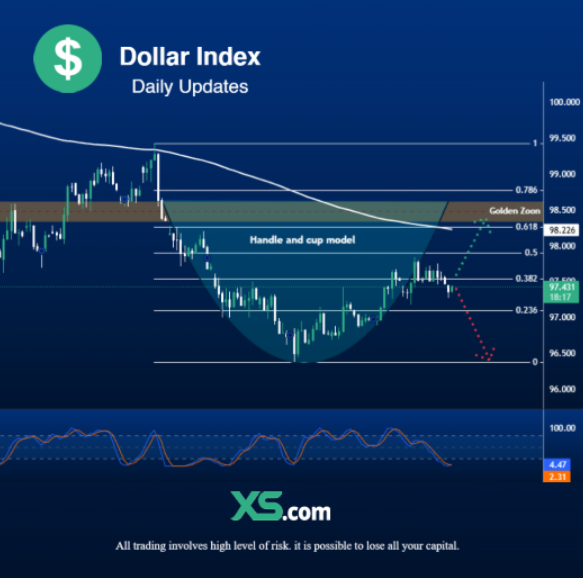
The U.S. dollar index has dropped over 9% year-to-date, its weakest first-half since 1980
Depreciation in the U.S. dollar is accounted for by cyclical and structural elements. Trump administration tariffs have hurt American businesses and consumers and flattened potential growth. Fiscal imbalances with U.S. debt-to-GDP ratios to top 100% have also undermined investor confidence. The overvaluation of the dollar through the implementation of purchasing power parity models also gives bearish estimates.
$59.8 trillion of US assets belong to foreigners, and an infinitesimal 10% increase in hedging ratios would correspond to $3.3 trillion of dollar sales in years’ terms. Such a prospective outflow points to long-term hazards. Dollar weakness to 2027 is predicted by Oxford Economics’ Adam Slater on the heels of weaker United States growth and shrinking stock market differentials.
Euro and Major Currency Forecasts
The euro has risen over 12% year to date against the dollar on expectations of Fed easing and relative tranquility within the Eurozone. Lombard Odier’s Samy Chaar is calling the euro to reach $1.20–$1.22 over six to twelve months. J.P. Morgan forecasted EUR/USD 1.19 in September 2025 and 1.22 in June 2026.
The British pound will remain resilient, with expectation projections of GBP/USD at 1.37 in September 2025 and 1.37 in mid-2026. Japanese yen will, however, appreciate to 141 against the US dollar in September 2025 due to its safe-haven status and anticipated Fed cut.
Emerging Market Currencies and Risks
Emerging market (EM) currencies are handled in an equivocal manner. A declining dollar should work for EM assets in general, but trade tensions and geopolitics are getting in the way. China’s yuan experienced increased bearish bets due to economic slowdown worries, as retail growth fell behind expectations. Yet addition to global forex reserves, has grown moderately, indicating increased internationalization.
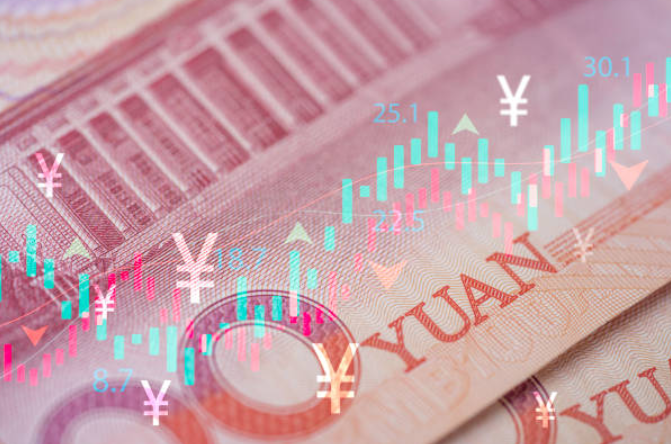
Emerging market currencies like the yuan face headwinds from trade and growth concerns
EM central banks must cope with foreign shocks with very limited policy space. It is less sensitive due to less efficient transmission mechanisms and a higher exchange rate pass-through into inflation. Foreign exchange intervention can be used sparingly to address disorderly markets, but fiscal and financial buffers are needed.
Cryptocurrency and Digital Asset Integration
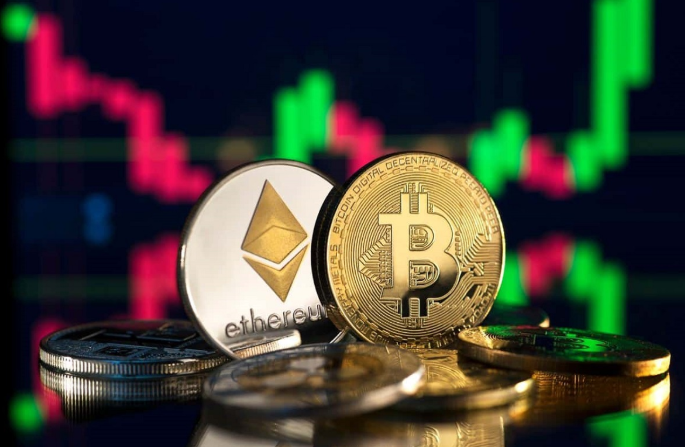
Crypto adoption is reshaping capital flows in emerging markets
Cryptocurrencies are progressively significant in foreign exchange markets, and cross-border crypto flows are material in several EMs. Crypto outflows represented a quarter of overall portfolio outflows from Brazil. Cryptocurrency use is linked to cost savings but also to volatility and disintermediation threats. Carefully constructed regulatory systems are necessary to counter system risks.
The replaceable asset, gold, has been performing well in the context of dollar softness. Its negative dollar correlation has been strengthened and has made it an ideal hedge for investors seeking stability in the context of currency volatilities.
Regional Forex Trends and Trading Sessions

London remains the world’s largest forex trading hub, accounting for 38% of turnover
The UK remains the largest forex center, with 38% of world turnover, and then the U.S. with 19%, followed by Singapore at 9%. London and New York coincide between 1:00 PM and 4:00 PM BST during peak liquidity and volatility. The Asian session led by Tokyo is most appropriate for range trading, and Pacific currencies provide opportunities during the Sydney session.
Increased retail participation with the onset of the COVID-19 pandemic is reported. Australia leads per-capita forex trading with over 100,000 active traders. The average Australian trader’s deposit sits at $8,400, indicating high retail participation.
Technological Advancements and Platform Affinity
The most popular platform for trading is MetaTrader 4 (MT4), with 85% of global retail traders utilizing it. Mobile trading has already invaded desktop tradin,g with 55% of the traders taking advantage of convenience and access in the mobile apps. Technology innovations such as algorithmic trading and APIs are also improving the market’s efficiency and accessibility.
Regulatory Landscape and Investor Protection
Forex brokers are regulated by tiered regulators, where higher-tier regulators like the FCA (UK) and ASIC (Australia) provide adequate investor protection. Offshore regulators may provide weak regulation, and this is dangerous to investors. The FCA warns that 80% of retail traders lose money and recommends that it is better to trade with only regulated companies and use risk control features.
Future Outlook and Strategic Considerations
The foreign exchange market would keep changing in the future with developments in monetary policy, technological progress, and geopolitics. EM assets and outlook global stocks can be backed by a weakening dollar, and gold and cryptocurrency can be potential hedges under an uncertain environment. Currency diversification, risk management, outlook and monitoring macroeconomic trends would be the trader’s highest priority.
J.P. Morgan’s Meera Chandan sums up: “We forecast continued USD weakness this year, outlook as a result of cyclical and outlook structural drivers.” The outlook forecast calls for adaptive action in capitalizing on the ever-evolving forex climate.
Most Common Forex Trading Questions
- What is the best time to trade forex?
The best time to trade is the London-New York session overlap (1:00 PM–4:00 PM BST), with high liquidity and volatility.
- Which currency pairs see the most trading?
EUR/USD leads with 22.7% of turnover, followed by USD/JPY (13.5%) and GBP/USD (9.5%).
- How has COVID-19 affected forex trading?
The pandemic supported retail participation and volatility, with a record $6.6 trillion of daily turnover in 2020.
- What are the risks of forex trading?
High leverage, market risk, and geopolitical stress can lead to huge losses, especially for retail traders.
- How do interest rates affect forex markets?
Rate rises devalue a currency, whereas falls in rates value it as foreign exchange is drawn to it.
- How is forex connected to cryptocurrencies?
Cryptos bring risk and regulatory issues with diversification.
- Which countries oversee forex brokers?
Tier-one regulators are the UK’s FCA, the Australian ASIC, and the U.S. CFTC.
- How can traders prevent risk?
Stop-loss orders, trading on regulated brokers, and diversification of the portfolio can restrict exposure.
- What is the fate of the U.S. dollar?
Fed policy and structural problems can produce chronic weakness, but there will also be possible rallies in the short term.
- Why is the euro rising?
Fed cut hopes and relative Eurozone tranquility are the drivers of euro appreciation.
Also Read: https://colitco.com/emerging-asx-nyse-tsxv-base-metal-leaders/
Market Outlook Summary
The rhythm of the forex market outlook will be determined by U.S. policy outlook responses, global growth trends, and geopolitics. outlook As long as the dollar is outlook on the back foot, the euro, yen, outlook and EM currencies can surf shifting dynamics. To hedge uncertainty, there needs to be nimbleness by traders, outlook utilizing technology and regulatory cushions.

